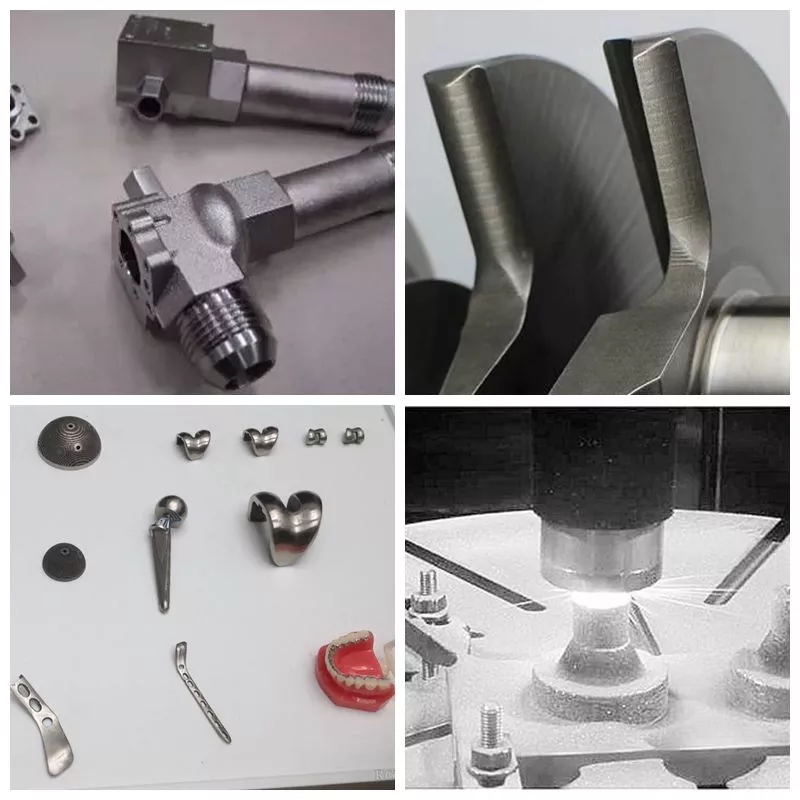

Technology Media 3D Printing Net News 3D printing, as an emerging manufacturing technology, has developed rapidly in recent years. However, for the industrial metal 3D printing field, powder consumables are still one of the important factors restricting the large-scale application of this technology. At present, domestic industry standards or national standards such as metal 3D printing material standards, process specifications, and parts performance standards have not yet been formulated. The evaluation indicators for metal powder in the industry mainly include chemical composition, particle size distribution, powder sphericity, fluidity, and bulk density. Among them, chemical composition and particle size distribution are commonly used indicators for evaluating the quality of metal powder in the field of metal 3D printing, and sphericity, fluidity, and loose density can be used as reference indicators for evaluating quality.
1. Chemical composition: the actual mass percentage (wt. %) of each element in the metal powder.
Take the above table as an example, the detection data of Al in the alloy is 6.25, which means that the mass percentage of Al in the alloy is 6.25%, and the mass percentages of other elements can be deduced by analogy. At present, the widely used methods for detecting the chemical composition of metals are chemical analysis and spectroscopy. Chemical analysis is the use of chemical reactions to determine the composition of metals, which can achieve qualitative and quantitative analysis of the chemical composition of metals; spectroscopy is the use of various elements in metals that produce their own unique characteristics under high temperature and high energy excitation Spectroscopy is used to determine the chemical composition and approximate content of metals, and is generally used for qualitative analysis of the chemical composition of metals. The above two methods must use professional testing equipment, completed by the personnel of professional testing institutions.
The chemical composition of most as-cast and forged metals has corresponding industry standards or national standards to evaluate whether the chemical composition of the metal is qualified. However, the powder technology used for metal 3D printing is novel, and there is no corresponding industry standard or national standard in the industry. The generally recognized evaluation method in the industry is to follow the as-cast standard corresponding to the metal powder, or to relax the indicators based on the standard Claim.

To be continued
Hot information

